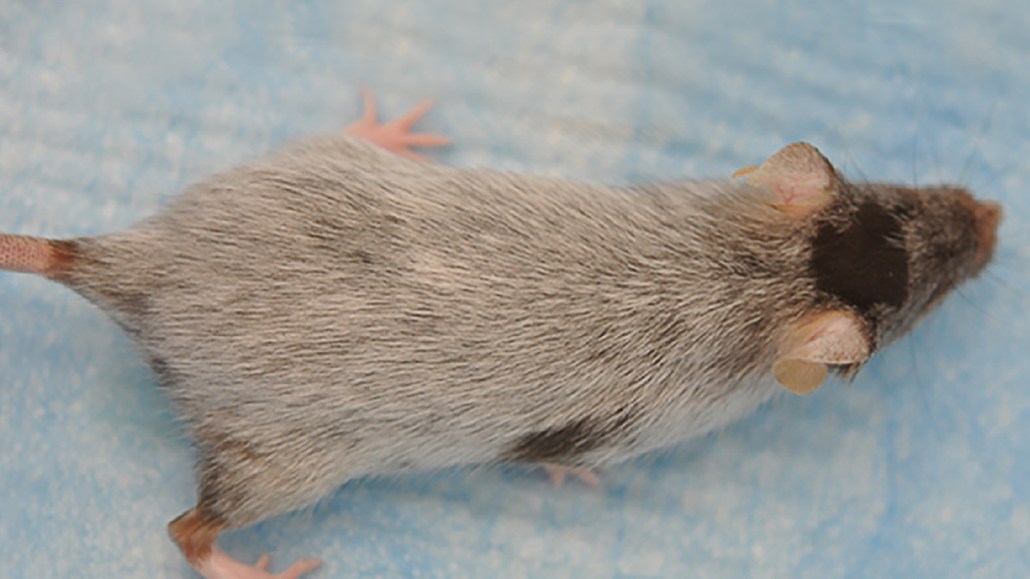Mouse hair turns gray when certain stem cells get stuck
Pigment-producing stem cells must keep moving and changing to give hair its natural color

Prematurely gray mice (like this one shown from earlier research) can help reveal why hair changes color.
M.L. Harris et al/PLOS Biology 2018